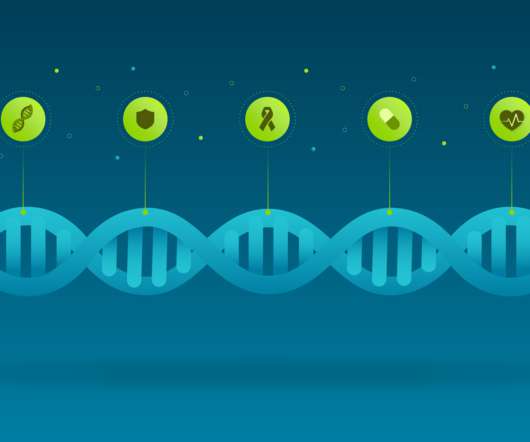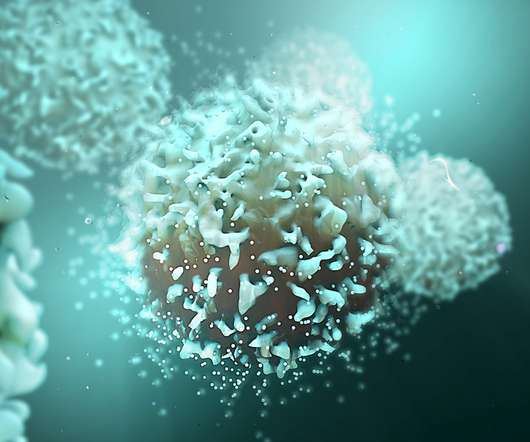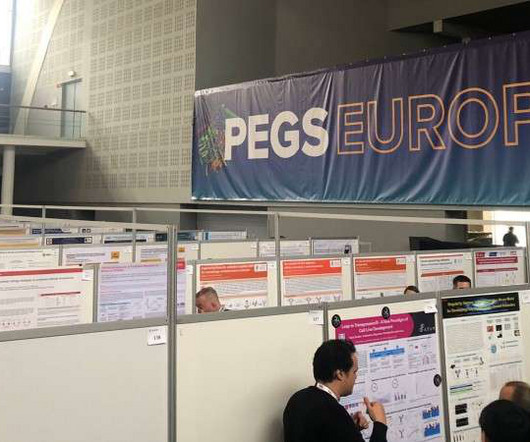Regulatory Trends in Cell and Gene Therapies
Advarra
NOVEMBER 29, 2022
Bottlenecks in the manufacturing process, supply chain issues such as accessibility of good manufacturing practice (GMP)-grade reagents, and shortages of qualified scientists and engineers have caused many therapies to fail at critical stages of the clinical development pipeline. But review issues are not the only problems.













Let's personalize your content